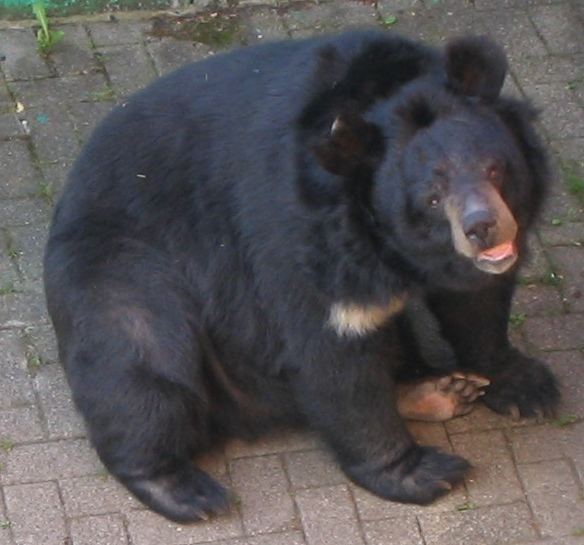 | ||
Afghanistan has long been known for its rich and diverse wildlife, as recorded in Baburnama (Persian for "Memoirs of Babur").
For the majority of the Afghan people, natural resources are the source of their livelihood and the basis of their existence. "Virtually the entire land surface of Afghanistan has been used for centuries – whether for local farming or, on a more wide-reaching basis, for livestockgrazing, fuelwood collection and hunting," said Pekka Haavisto, Chairman of the Afghanistan Task Force of the United Nations Environment Programme (UNEP) and former Finnish Minister for Environment. In 2003, a Post-Conflict Environment Assessment Report revealed how warfare in the country had degraded the environment. The report partly also focused on the dramatic decrease of wildlife due to poaching, and outlines ways to respond to these threats.
Many of the larger mammals in the country are categorized by the International Union for Conservation of Nature (IUCN) as globally threatened. These include the snow leopard, Marco Polo sheep, Siberian musk deer, markhor, urial, and the Asiatic black bear. Other species of interest are the ibex, the gray wolf, and the brown bear, striped hyenas, and numerous bird of prey species. Most of the Marco Polo sheep and ibex are being poached for food, whereas wolves, snow leopards and bears are being killed for damage prevention. The fur, however, is being sold to aid workers and foreign soldiers as souvenirs on local markets.
With five million returning expatriates between 2002 and 2014, the pressure on Afghanistan's natural resources are set to increase further. The UNEP Report makes it clear that environmental restoration must play a major part in the reconstruction efforts in Afghanistan.
One leopard was recorded by a camera-trap in Bamyan Province in 2011. The long-lasting conflict in the country badly affected both predator and prey species, so that the national population is considered to be small and severely threatened. Between 2004 and 2007, a total of 85 leopard skins were seen being offered in markets of Kabul. Contemporary records do not exist for any of the smaller cat species known to have been present in the country, all of which were threatened already in the 1970s by indiscriminate hunting, prey depletion and habitat destruction.
Caspian tiger, Asiatic cheetah and Asiatic lion used to be present in lowland parts of Afghanistan until the mid 20th century.
In March 2017, border guards arrested and confiscated six lions at the border to Pakistan. The origin of the lions is unclear.
